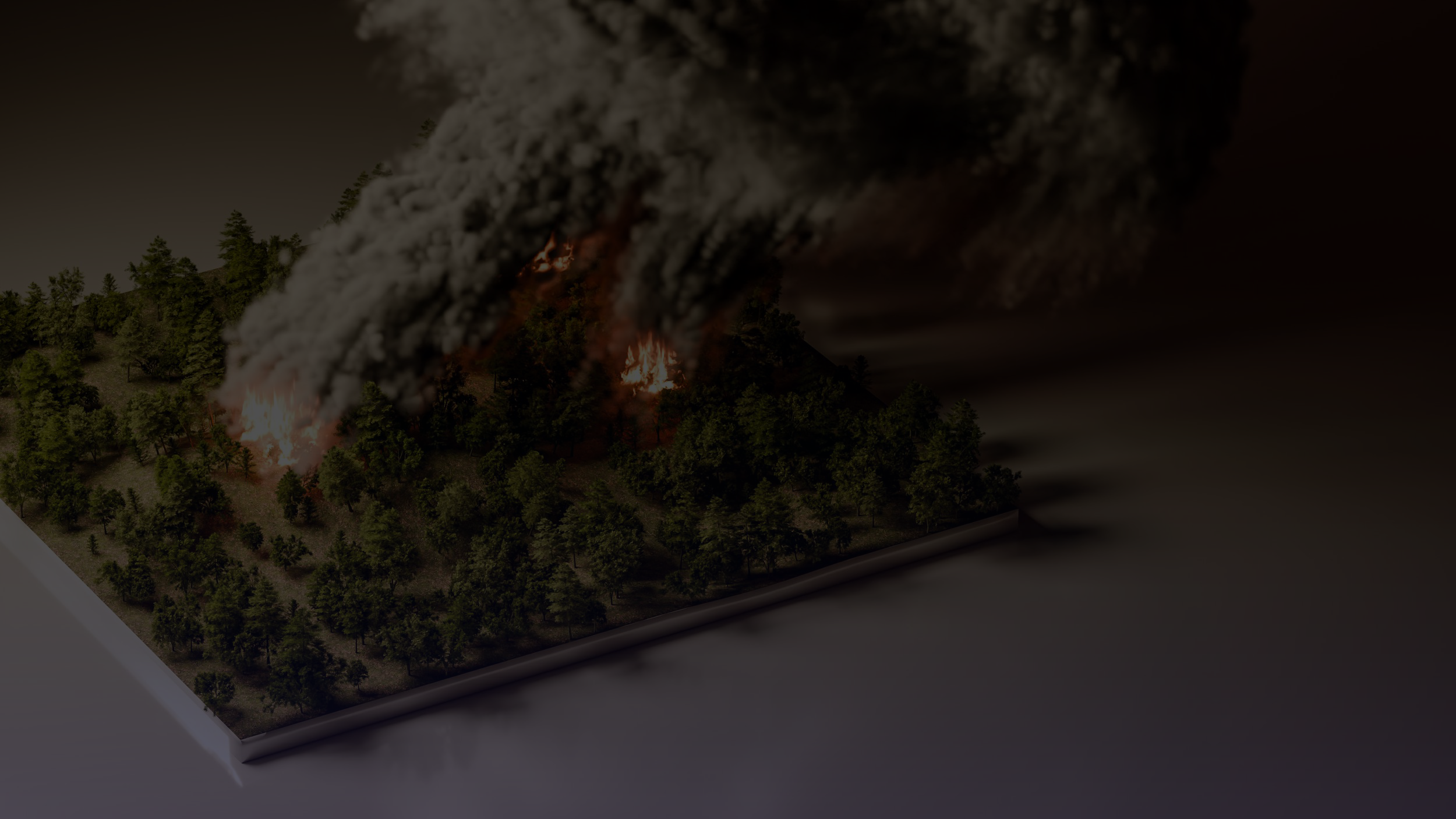Preparing for Potential Wildfire Threats
When it comes to natural disasters, no amount of precaution can fully prevent the inevitable.
That’s why leaders are expected to prepare for the worst-case scenarios. What must be done when an avalanche hits? An earthquake? A power failure that sends thousands of citizens into freezing temperatures?
This is exacerbated by climate change. In many parts of Western Canada, built environments are more often being threatened by rapidly spreading wildfires, thereby increasing the risk of urban wildfires.
While mitigation and protection are vital aspects of resilience, so is preparedness. So when a client of ours recognized a vulnerability within one of their neighbourhoods — 3,000 residents with only one egress point — they contracted RUNWITHIT Synthetics to determine the most efficient, resourceful, and cost-efficient option secondary egress point.
Synthesizing an Evacuation
Not only did we create a Synthetic Twin of the client community’s built environment, we created a dynamic, intelligence-based quantification of human emergency behaviour and response. We designed explainable, logical, and realistic driver behaviour patterns to generate accurate results for each egress method.
We identified potential bottlenecks and choke points in evacuation routes, providing vital information for emergency response planning. With the generation of a Synthetic Environment, we modelled evacuations using various potential secondary egress options — determining which was most efficient at securing evacuees and which was most economically feasible for the community.
Our data visualization showed, down to the minute, how much of the population was able to evacuate in a short amount of time. It also identified specific populations — caregivers, seniors and those without vehicles — that would be additionally vulnerable to evacuation procedures during a disaster.
Moreover, we provided additional insights and data around possible dual-egress scenarios and traffic mitigation strategies, along with the full dataset and results, to multiple stakeholders. These included executive council and emergency management professionals from multiple municipalities.
While we might not be able to control fire, we can control how we activate and develop our resilience and mitigation strategies. And the best way to do that is by utilizing data-backed, innovative, and actionable Synthetic Data provided by RWI Synthetics.





